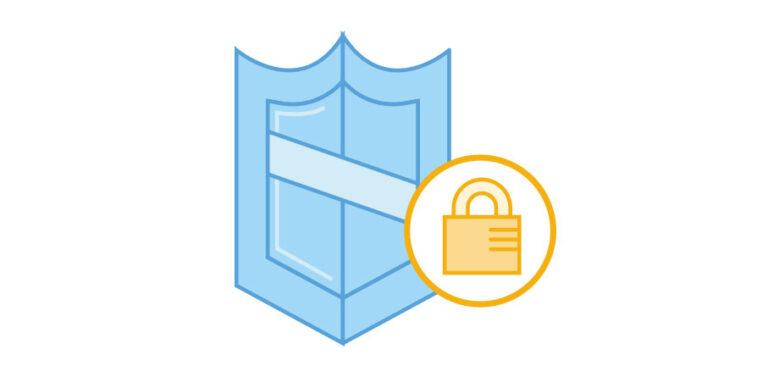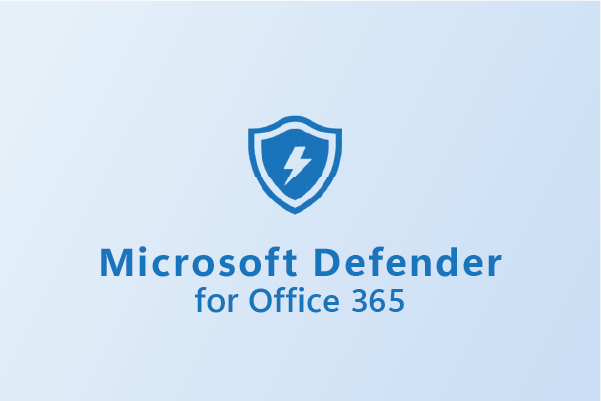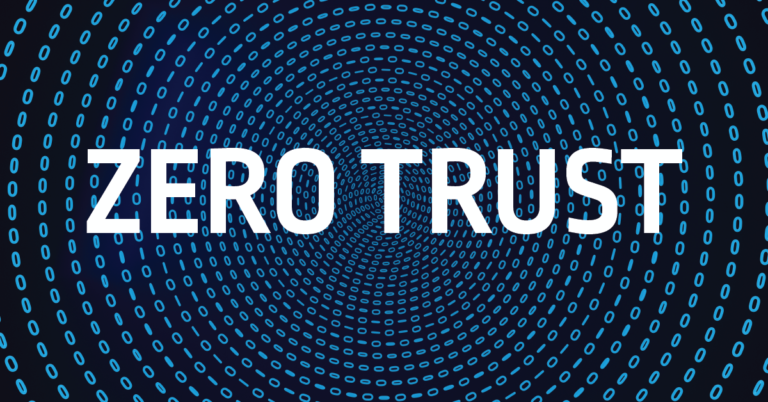Defense in Depth: Layers of Protection
Defense in depth cybersecurity is a proven strategy that protects sensitive data through multiple layers of defense. If one control fails, another stands ready.
Principles of Defense in Depth
- Network Security: Start at the network level. Implement firewalls, intrusion detection systems (IDS), and access controls to filter and monitor traffic.
- Perimeter Security: Secure the perimeter with strong authentication mechanisms, VPNs, and demilitarized zones (DMZs).
- Endpoint Security: Protect individual devices (laptops, desktops, servers) using antivirus software, host-based firewalls, and regular patch management.
- Application Security: Ensure secure coding practices, conduct regular vulnerability assessments, and use web application firewalls (WAFs).
- Data Security: Encrypt sensitive data at rest and in transit. Control access to databases and files.
- User Education: Train users to recognize phishing attempts, practice good password hygiene, and follow security policies.
- Incident Response: Have a well-defined incident response plan. Detect, respond, and recover swiftly from security incidents.
Microsoft Azure’s Approach
Microsoft Azure, as one of the largest cloud service providers, embraces defense in depth. Their security commitment spans design, development, and deployment phases. Key aspects include:
- Security Development Lifecycle (SDL): Pioneered by Microsoft in 2004, SDL ensures security is built into applications and services from the ground up. It influences international security standards and government policies..
- Continuous Learning and Improvement: Azure transparently shares learnings from vulnerabilities, encouraging trust-building with customers. They invest in internal security research and maintain a comprehensive bug bounty program.
Remember, security is an ongoing journey. Constant vigilance and adaptation are essential. By layering defenses, we create a robust shield against cyber threats.
Want to know if your business has the right layers in place? Let’s review your cybersecurity strategy together.








One Comment
Comments are closed.